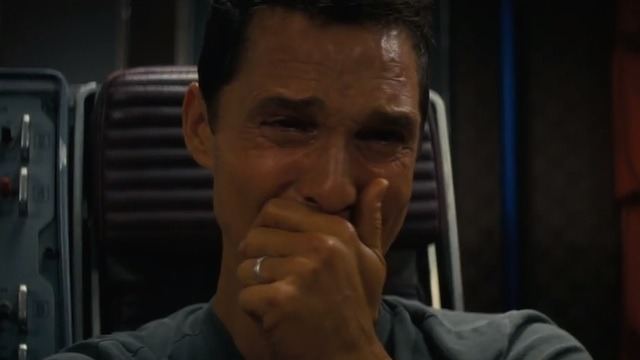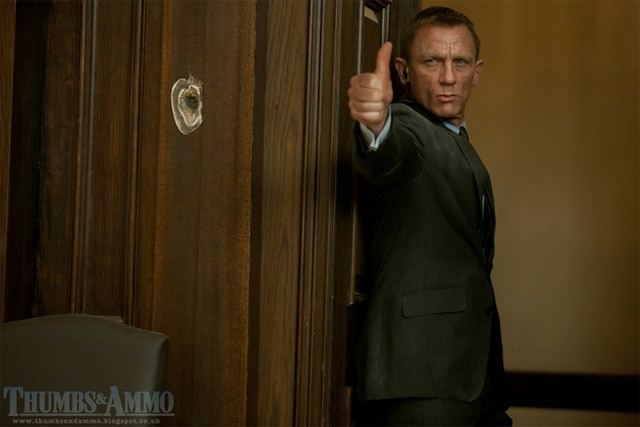Dont Look Up
8 /10 1 Votes
Country Japan | Director Hideo Nakata Language Japanese | |||||||||||||||||||||||||||||||||
 | ||||||||||||||||||||||||||||||||||
Release date March 2, 1996 (1996-03-02) | ||||||||||||||||||||||||||||||||||
Don't Look Up (女優霊, Joyû-rei) is a 1996 Japanese horror film directed by Hideo Nakata. The film set in a film studio where a War film is being made. On looking at the dailies during production, a scene is spotted that involves a scene without sound from an earlier film. This scene involves a horrified woman onscreen, with another woman, out of focus, laughing in the back. The footage looks familiar to the young director Murai, who insists he had seen it previously as a young boy.
Contents

The film was made by Hideo Nakata while trying to fund production for his documentary film about director Joseph Losey. It was not a success in Japan, but prompted an English-language remake in 2009 which was directed by Fruit Chan. The film also influenced the creative choices Nakata would have for his popular film Ring in 1998.
Don t look up trailer hd 2009
Plot
On the set of a dark war time drama at an old movie studio, a young director, Toshio Murai (Yanagi), is trying to complete his debut film. The two starring actresses, Hitomi Kurokawa and Saori Murakami, play sisters in his film. Murai has a crush on Hitomi (Shiroshima), the seasoned leading actress, and keeps a photo of her by his bed. The younger and less experienced actress, Saori (Ishibashi), is annoying and likes to have recess on the set. The production of the movie is consistently interrupted by strange occurrences and the cast and crew begin to get spooked. When Murai reviews the shoot, he is shocked to see that scenes from an unreleased (and presumed destroyed) drama from years earlier are intermingled with his negatives. As Murai is watching his footage, the scene is interrupted by a film within a film of an unidentified actress on a movie set, with something that looks like a woman behind her, long black hair, pale skin, out of focus, laughing hysterically. Murai is fascinated with the freaky footage, as it looks strangely familiar. The production shuts down for a formal investigation. Murai has only three days left to find out what is going on and finish the shoot. Murai looks into his own past, and finds a frightening connection between the film he is shooting and the strange footage he has uncovered.
Cast
Production
Prior to working on Don't Look Up, Hideo Nakata joined the Japanese film company Nikkatsu in the 1980s. In the 1970s, Nikkatsu was predominantly producing pornography films in the Roman Porno (Romantic Pornography) genre. By the time Nakata joined Nikkatsu in the 1980s, the company had been struggling as the availability of home video made theatrical pornography wane in popularity. In 1991, Nakata left Nikkatsu and Japan to study the British Free Cinema movement in London's National Film Archive. When Nikkatsu collapsed in 1993, Nakata did not have a job to return to and decided to develop an independent film on director Joseph Losey. To help gain money for the documentary took various film jobs for hire, including returning to directing in Japan where he began developing the film Don't Look Up for J-Movie Wars, a subsidiary of a major Japanese satellite television company.
The majority of the film was shot on the abandoned stages of Nikkatsu.
Release
Don't Look Up ran for six weeks in a limited release in Japan. Hideo Nakata stated that only about 800 people attended these screenings. It was released on video in Japan on March 6, 1996.
Remake
In 2003, the South African-based company Distant Horizon purchased the rights to Don't Look Up, initially with Hideo Nakata to direct the film again. In 2007, Variety announced that Fruit Chan would direct this English-language remake of Don't Look Up. The remake was shown at the 2009 Lund Fantastisk Film Festival in Sweden and was later released on DVD in the United States in 2010.
Hideo Nakata's film Ghost Theater was promoted as a remake of Don't Look Up. Maggie Lee (Variety) noted in her review of the film that "the only thing the two films have in common is a malevolent female entity that hates rising actresses."
Reception
For his work on the film, Hideo Nakata won the Best New Director award at the 1997 Michinoku International Mystery Film Festival. Nakata later felt that he showed too much of the phantoms's face in the film. Josh Ralske (AllMovie) praised Nakata's confidence in the film, stating that he "clearly understands his milieu (it takes place on a film set) and is assured enough to let the tension build very slowly", while noting that there "are times, in fact, when the movie seems to be going nowhere" and that this lead Ralske to feel that the screenplay felt unfinished, concluding that the film "promises a more chilling film than Nakata has delivered.
Nakata continued that "I've had people tell me 'Don't Look Up wasn't exactly frightening, it was...' For me, of all the possible adjectives that could finish that phrase, the word I most long to hear is 'frightening' That's the description I want to elicit." These reactions influenced Nakata's later film Ring (1998), where he decided to cover up the ghosts' face completely.
